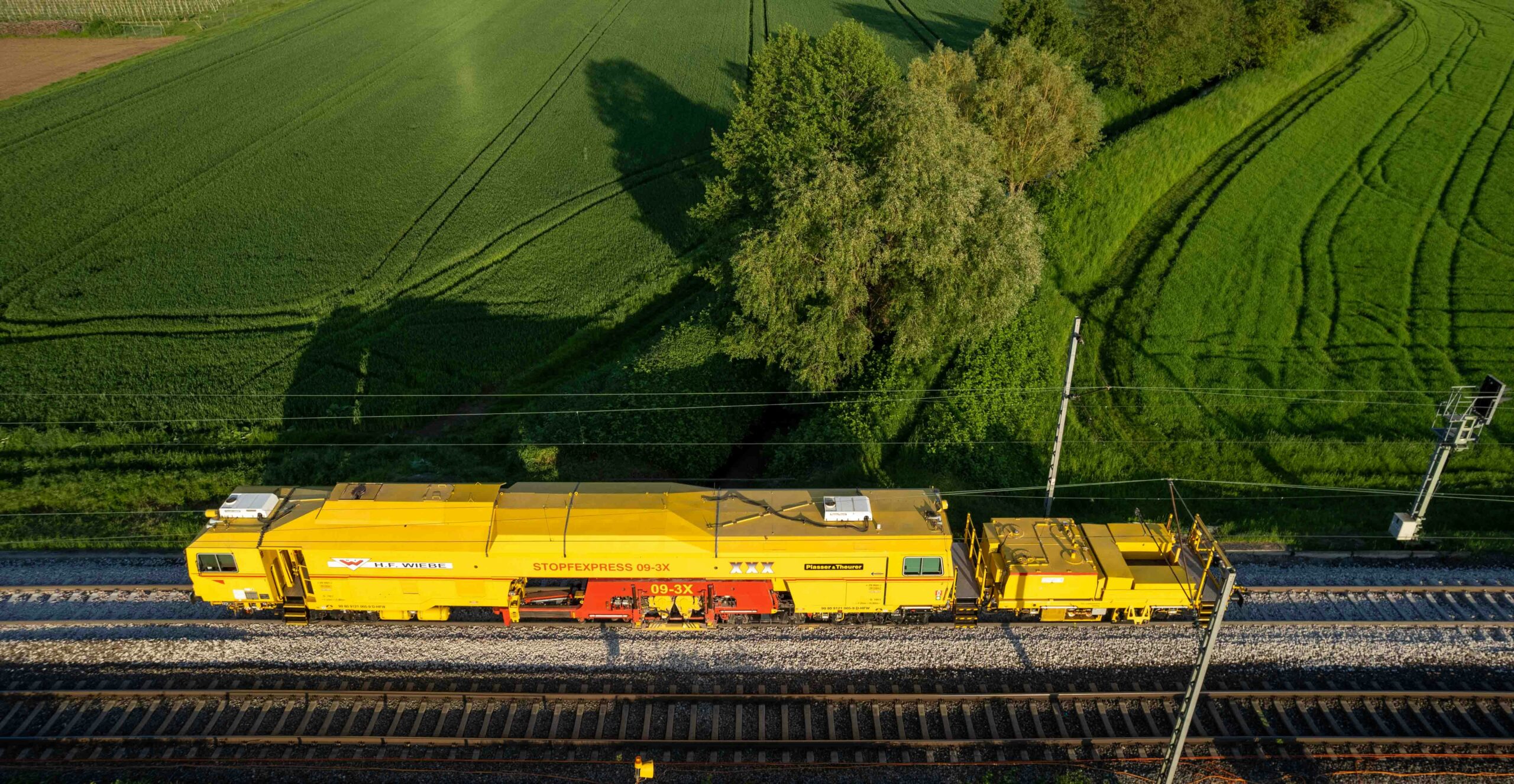CuGlide Technology: 70 years in the making
Author: NEOL
While NEOL may be a new company, its proprietary technology, CuGlide, is not. It is the result of over seven decades worth of research and development, with a history that highlights humanity’s relentless pursuit of innovation, alongside the struggle against established norms that so-often accompany such breakthroughs.
The science behind it dates back to the 1950s, when Dmitry N. Garkunov, a Soviet engineer and Doctor of Science, made two important discoveries while investigating mechanical failure in aircraft landing gears. Firstly, he discovered that during friction copper ions were being selectively transferred into the crystalline grid of iron forming a thin film. And secondly, he found that hydrogen – not mechanical attrition – was the primary cause of metal surface deterioration.
These two discoveries were named “The Wearlessness Effect” and “Hydrogen Wear of Metals”, and they marked the beginning of a revolutionary new approach towards anti-wear protection of friction surfaces.
Good to know, but what does it all mean?
On their own, these discoveries simply identified the cause of two different phenomena, i.e., why ions are transferred in the process of friction and what causes metal surfaces to deteriorate in machines. But put them together, and suddenly you have both the cause and solution for mechanical wear.
You see, friction is often only associated with the process of wear (i.e., surface deterioration), but when paired with the selective transfer phenomenon – in this case the transfer of copper ions – friction becomes an evolutionary process and, as a result, the destruction of surfaces becomes secondary. Due to the exchange of energy and matter between the friction surface and the external environment, as well as the collective behaviour of copper ions, the developmental nature of friction is revealed in the form of a thin copper film that coats the metal parts, protecting the friction surfaces from wear.
The beauty of this approach is that, because friction creates the protective film, it can no longer destroy it. In essence, the system becomes self-organising.
This results in a significant increase in the efficiency and longevity of machinery, meaning less maintenance and replacements, and a considerable reduction in fuel consumption. Not only that, but the copper-filming technology also means there is no longer a heavy dependence on toxic phosphorous and sulphur compounds, which have been traditionally used as anti-wear agents by the global lubricants industry.
Sounds great, so why I am only hearing about this now?
Much like Ignaz Semmelweis’ evidence of handwashing saving lives, or Gregor Mendel’s work on genetic inheritance, Garkunov’s discovery came before its time. It challenged widely accepted concepts. Therefore, despite its potential, Garkunov’s work was initially met with rejection and underfunding.
But progress cannot be stifled indefinitely. And now, after more than 70 years of research, development and testing, the global consumer focus is shifting towards the sustainability of technology – welcoming the positive effects that CuGlide unlocks and makes available through NEOL’s revolutionary lubricants.
It is time for NEOL and CuGlide to hit the global stage, and to demonstrate that we can take a more effective, environmentally friendly approach to anti-wear.
It’s time for change.

